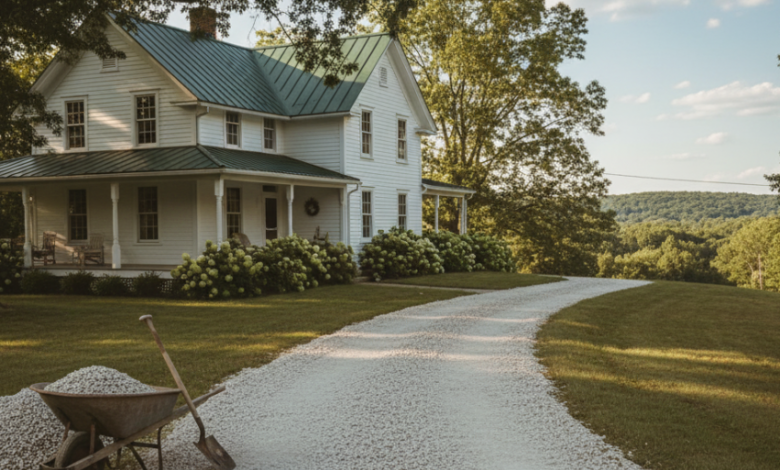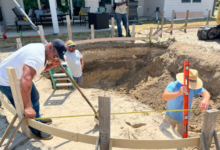Crushed Stone vs. Pea Gravel: Which is Best for Your Project?

When it comes to landscape materials, choosing between crushed stone and pea gravel can significantly impact your project’s functionality and finish. While both options offer durability and visual appeal, their differences in texture, drainage, and application are critical to consider. To ensure quality and consistency, professionals often work with a trusted crushed stone supplier who can provide material tailored to the project’s scope, whether it’s a driveway base or decorative garden path.
Material Characteristics: Texture and Shape
Crushed stone is angular in shape, which helps it lock in place once compacted. This makes it an ideal choice for structural applications such as driveways, retaining wall bases, and underlayment for pavers. Its coarse texture and varied sizing enhance stability and load distribution.
Pea gravel, on the other hand, features smooth, rounded edges and uniform sizing, usually around 3/8 inch. Its polished look is perfect for decorative applications like walking paths, patios, and playgrounds, but its tendency to shift under pressure makes it less suitable for load-bearing uses.
Practical Applications and Installation
One key consideration is how the material interacts with its environment. Crushed stone offers superior traction and compaction, which is why it’s frequently used when planning your perfect driveway layout with crushed rock. It stays in place under vehicular traffic and prevents rutting or migration.
Pea gravel, while aesthetically pleasing, requires a solid border or edging to contain movement. Without it, gravel can spill into unwanted areas or become displaced over time, requiring regular maintenance. It’s better suited for low-traffic zones where appearance is prioritized over performance.
Drainage and Soil Compatibility
Both materials provide excellent drainage, but crushed stone generally drains faster due to the angular gaps between pieces. This feature makes it a top choice for French drains, foundation protection, and slope stabilization.
Pea gravel also supports drainage but tends to compact more tightly over time, which can reduce its permeability. When installed over the proper base, both options can help reduce runoff and erosion, though site-specific conditions often dictate the preferred choice.
For a broader context on long-term results, professionals often evaluate the importance of quality stone and gravel in landscaping, ensuring not just function but also visual integration with the surrounding environment.
Appearance and Aesthetic Integration
Crushed stone has a rugged, utilitarian look that blends well with natural landscapes and hardscaping elements. It’s available in various colors and grades, allowing flexibility based on design goals.
Pea gravel is valued for its smooth, consistent appearance and is often chosen for contemporary or polished outdoor spaces. It reflects light more evenly and feels softer underfoot, which makes it popular for seating areas or play zones.
Conclusion
Choosing between crushed stone and pea gravel depends on the demands of your project, whether you’re building a durable base or enhancing landscape aesthetics. Each material offers unique benefits in terms of structure, drainage, and design. With guidance from experienced professionals and careful material selection, you can achieve both form and function in your outdoor project. Long-term performance always begins with choosing the right aggregate for the job.







